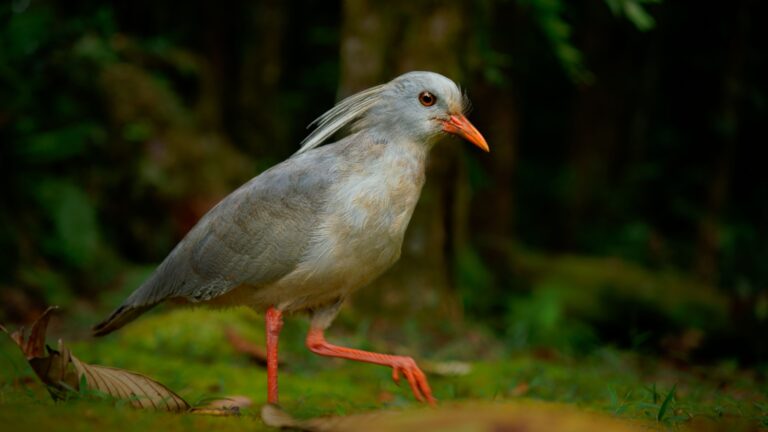New Gecko Species Discovered – What Took Scientists So Long To Find It?
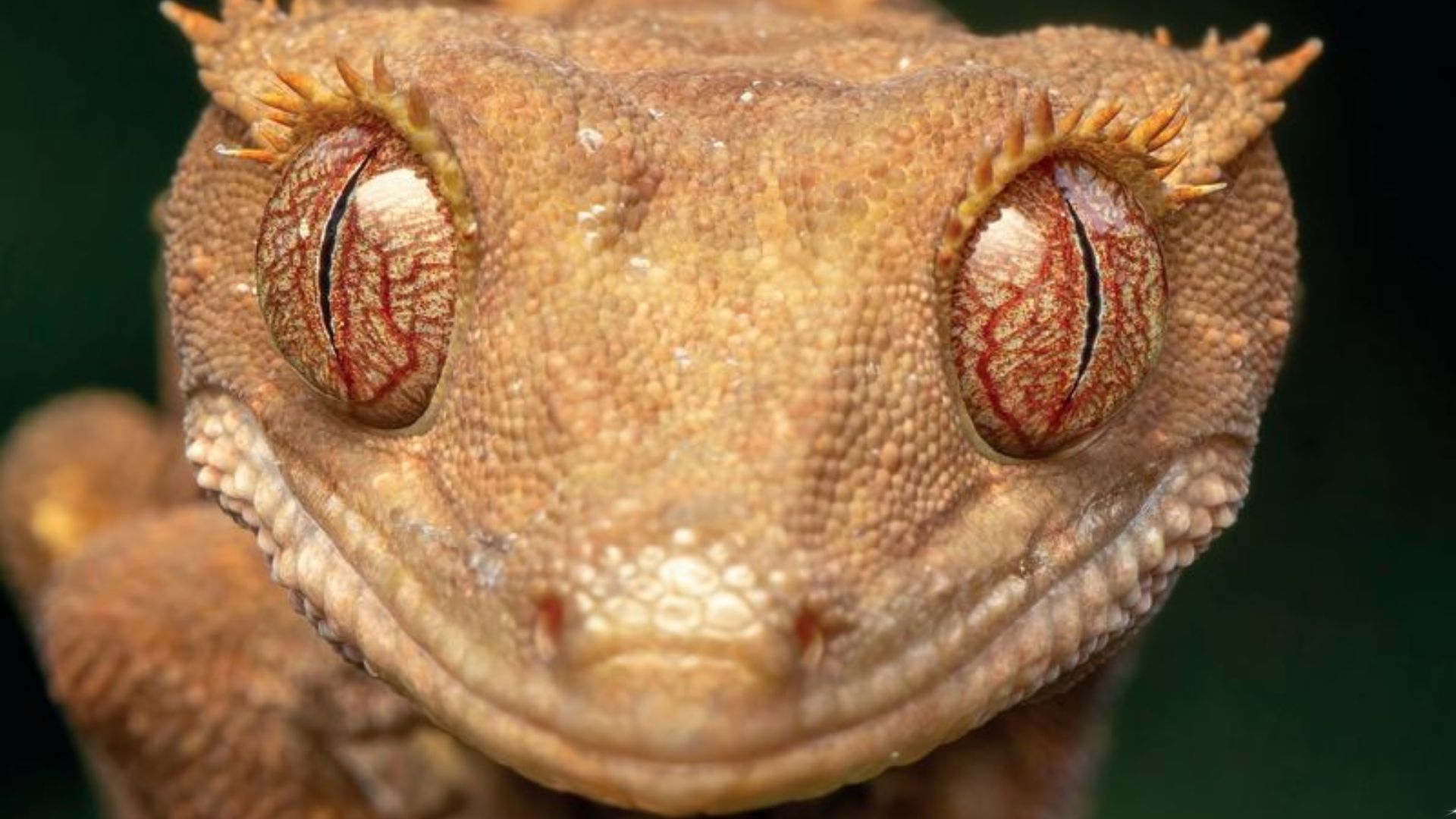
Scientists recently stumbled upon an exciting find – a brand new gecko species called the Gravel Pygmy Gecko! This tiny reptile managed to stay hidden from researchers for years despite being right under our noses.
The discovery shows how much we still don’t know about the amazing animals sharing our planet, and opens up fascinating questions about what other creatures might be waiting to be found.
1. The Unique Habitat Of The New Gecko
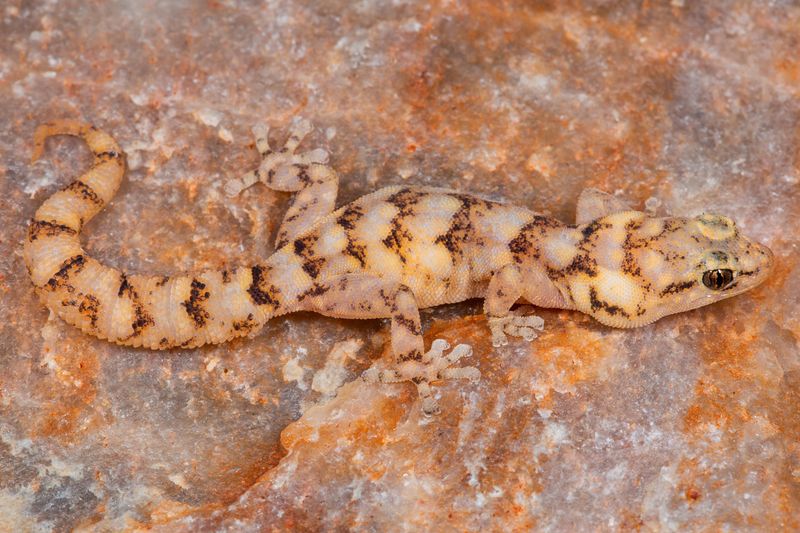
Nestled within the remote sandy plains of South Africa’s Western Cape, these tiny geckos inhabit a harsh landscape most researchers simply pass by. Their preference for gravel-rich soils in arid regions creates a challenging search environment.
Scientists rarely conduct extensive nighttime surveys in these seemingly barren areas, allowing these four-centimeter reptiles to remain undetected for decades.
2. Camouflage And Stealth: How The Gecko Evaded Detection
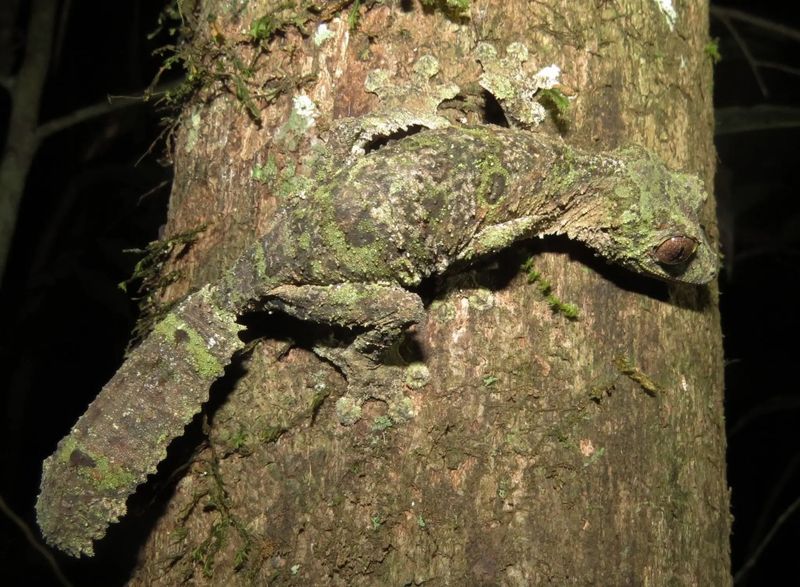
Masters of disguise, these geckos sport sandy-colored scales that perfectly match the gravel substrates where they dwell. Their diminutive size—barely larger than a paperclip—further compounds identification difficulties.
Primarily nocturnal, they emerge only under cover of darkness when few scientists are actively searching. This combination of perfect camouflage and secretive behavior created the perfect invisibility cloak.
3. The Role Of Climate Change In Discovering New Species
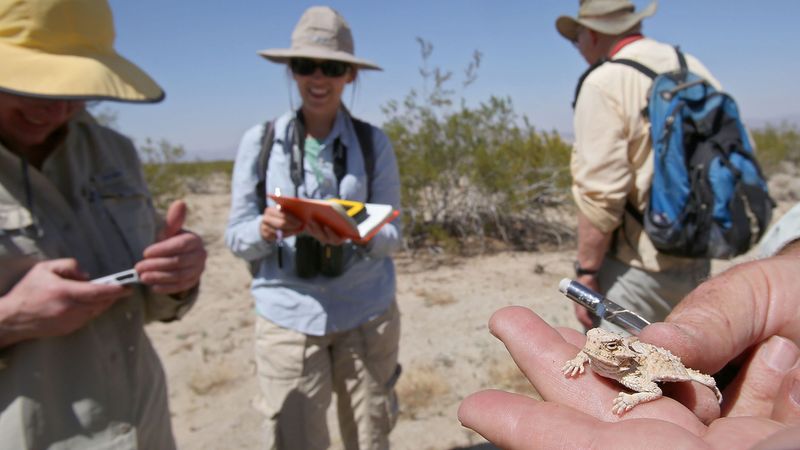
Shifting rainfall patterns forced these geckos to adjust their behavior, making them more active during periods when researchers happened to be present. Extended droughts pushed them toward water sources where scientific monitoring equipment was already established.
Climate-driven habitat shrinkage concentrated populations in smaller areas, inadvertently increasing chances of detection during standard surveys.
4. Advances In Technology That Led To The Discovery

Ultra-sensitive infrared cameras deployed for unrelated ecological studies accidentally captured these geckos’ nighttime movements. The footage revealed distinctive locomotion patterns unlike any known species.
Modern DNA sequencing techniques allowed scientists to analyze tiny tissue samples, confirming genetic uniqueness. Without these technological breakthroughs, the Gravel Pygmy Gecko might have remained invisible to science for many more decades.
5. The Geography Of The Region And Its Impact On Research
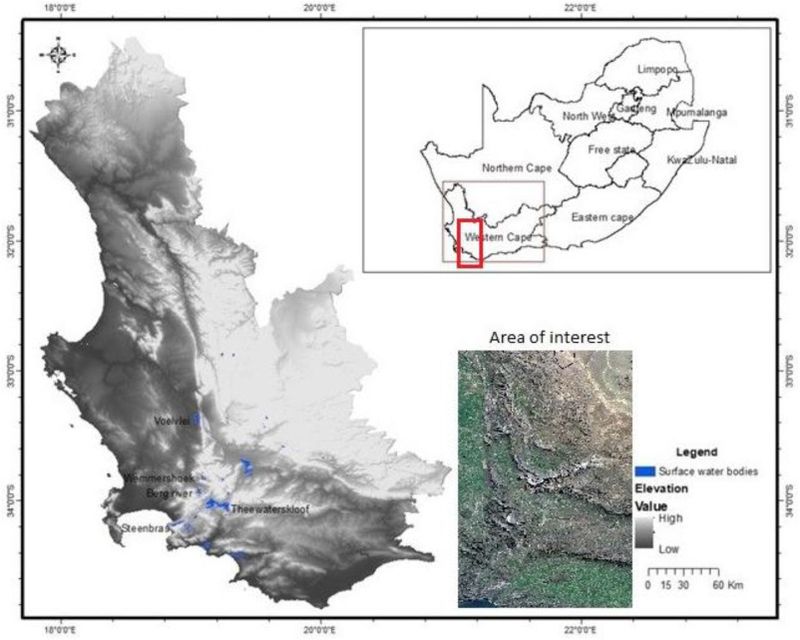
Rugged, isolated terrain with few access roads limited scientific expeditions to the gecko’s homeland. Extreme temperature fluctuations—scorching days and frigid nights—created narrow research windows when field conditions were tolerable.
Limited funding prioritized biodiversity studies in more accessible regions. This geographical isolation effectively shielded the species from scientific discovery until targeted surveys finally ventured into these challenging landscapes.
6. Unusual Features Of The New Gecko Species
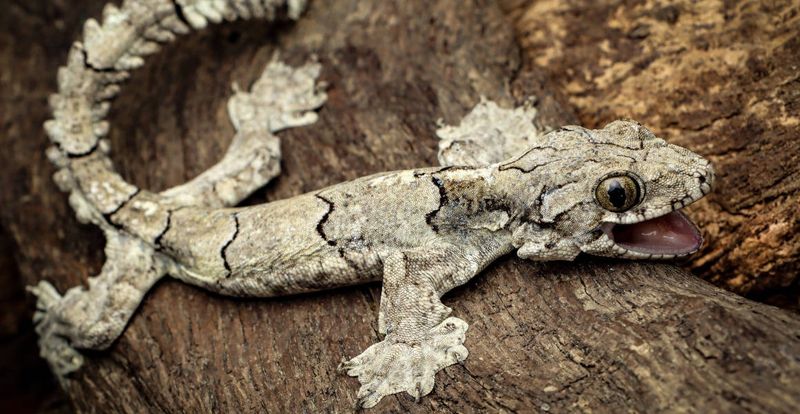
Sporting specialized toe pads that grip gravel particles rather than smooth surfaces—unlike most geckos—this adaptation went unrecognized in early specimen examinations. Their extraordinary temperature tolerance allows survival in conditions that would kill related species.
A remarkable ability to absorb moisture directly through their skin from morning dew represents an evolutionary breakthrough. These adaptations were so unexpected that scientists initially misclassified specimens.
7. How The Discovery Impacts Our Understanding Of Biodiversity
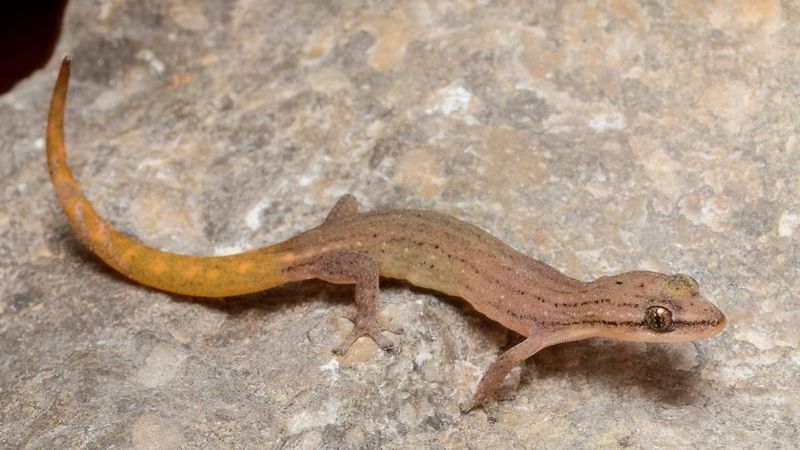
Finding this gecko rewrites distribution maps for the entire Goggia genus, suggesting evolutionary divergence occurred much earlier than previously thought. Its unexpected adaptations challenge existing theories about how reptiles survive in extreme environments.
The discovery highlights significant knowledge gaps even in relatively well-studied regions. Scientists now estimate dozens of similar species may remain undiscovered, hiding in plain sight across seemingly barren landscapes.
8. The Process Of Identifying A New Species

Verification required collecting multiple specimens across different seasons to rule out developmental variations. Researchers conducted painstaking morphological comparisons against every similar species, measuring microscopic scale patterns and skeletal structures.
DNA analysis revealed a 12% genetic divergence from its closest relatives—well above the threshold for species designation. This comprehensive process spanned five years before scientists confidently announced the discovery.
9. Why This Gecko Was Previously Overlooked By Scientists
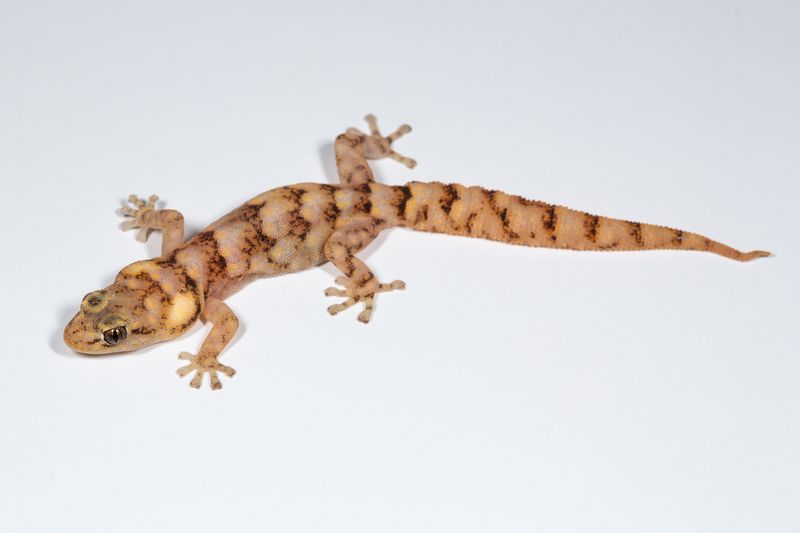
Astonishingly, several specimens languished misidentified in museum collections for decades! Their remarkable similarity to juvenile forms of common species led to casual dismissal by earlier researchers.
Scientific attention historically focused on larger, more charismatic species. The absence of dedicated funding for comprehensive reptile surveys in arid regions created perfect conditions for this tiny gecko to remain scientifically invisible despite being relatively abundant.
10. The Role Of Local Communities In The Discovery
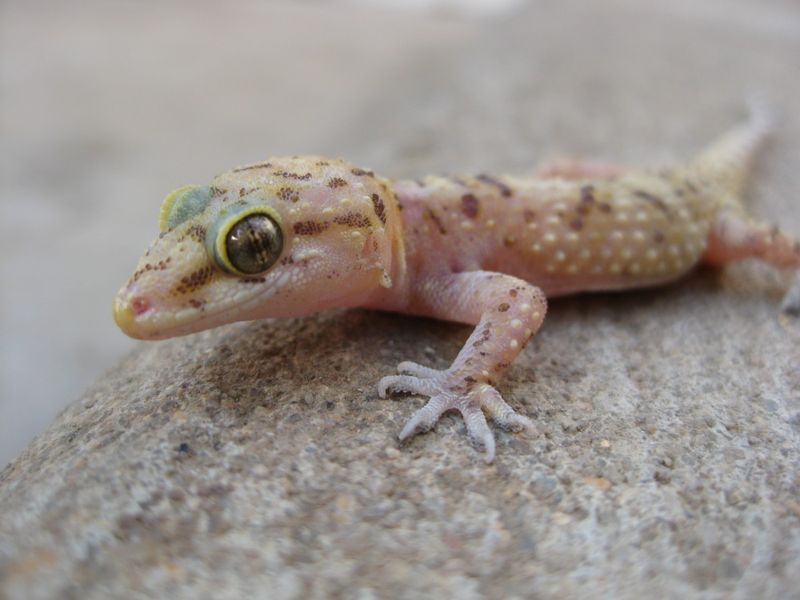
San bushmen had long recognized these geckos as distinct creatures, even incorporating them into traditional ecological knowledge. Their tracking expertise ultimately guided researchers to previously unknown populations.
Local farmers reported unusual lizard sightings after rainfall events, providing crucial seasonal timing clues. This collaboration between indigenous knowledge and scientific methodology proved essential in documenting the species’ full range.
11. Comparisons To Other Known Geckos
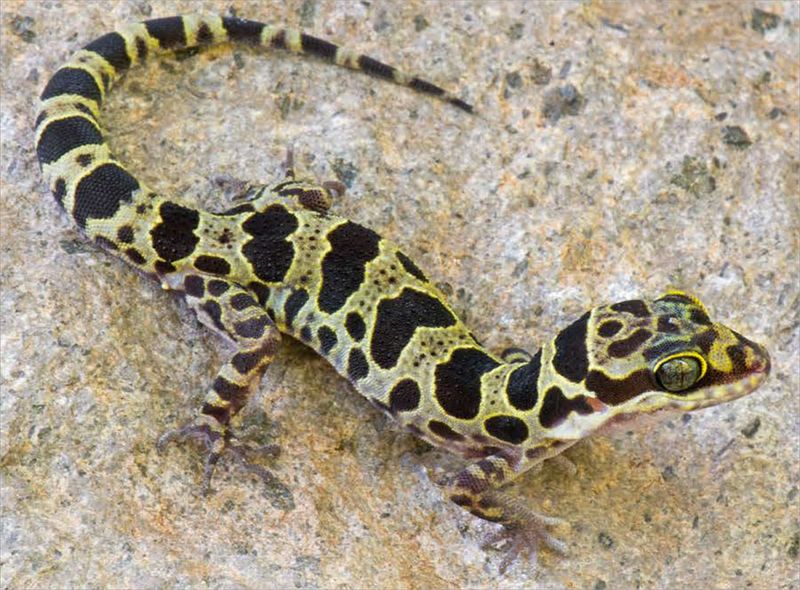
While most geckos avoid sandy substrates, this species actively burrows into loose gravel—behavior previously unknown in the family. Their exceptionally small size makes them among the tiniest vertebrates in Africa.
Unlike their sticky-toed relatives that climb vertical surfaces, these geckos remain exclusively ground-dwelling. Their unique locomotion involves a distinctive side-winding motion resembling miniature snakes rather than typical gecko movement.
12. Implications Of The Discovery For Future Research
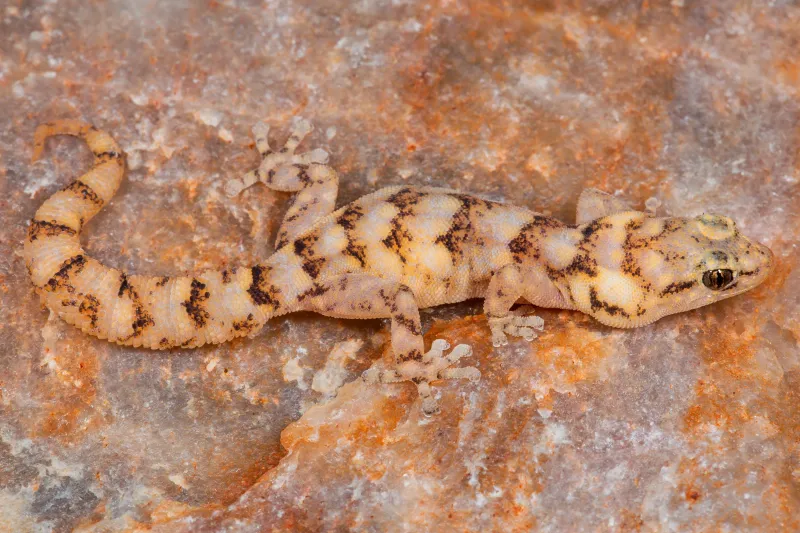
Biologists now question how many similar “cryptic species” exist worldwide. The discovery sparked funding for targeted surveys in overlooked habitats across Africa, Asia, and Australia where similar undiscovered species likely exist.
Genomic research on these geckos reveals potential applications for biomimicry, particularly their exceptional water absorption abilities. Their unique adaptations may inspire technologies for water harvesting in arid regions.


